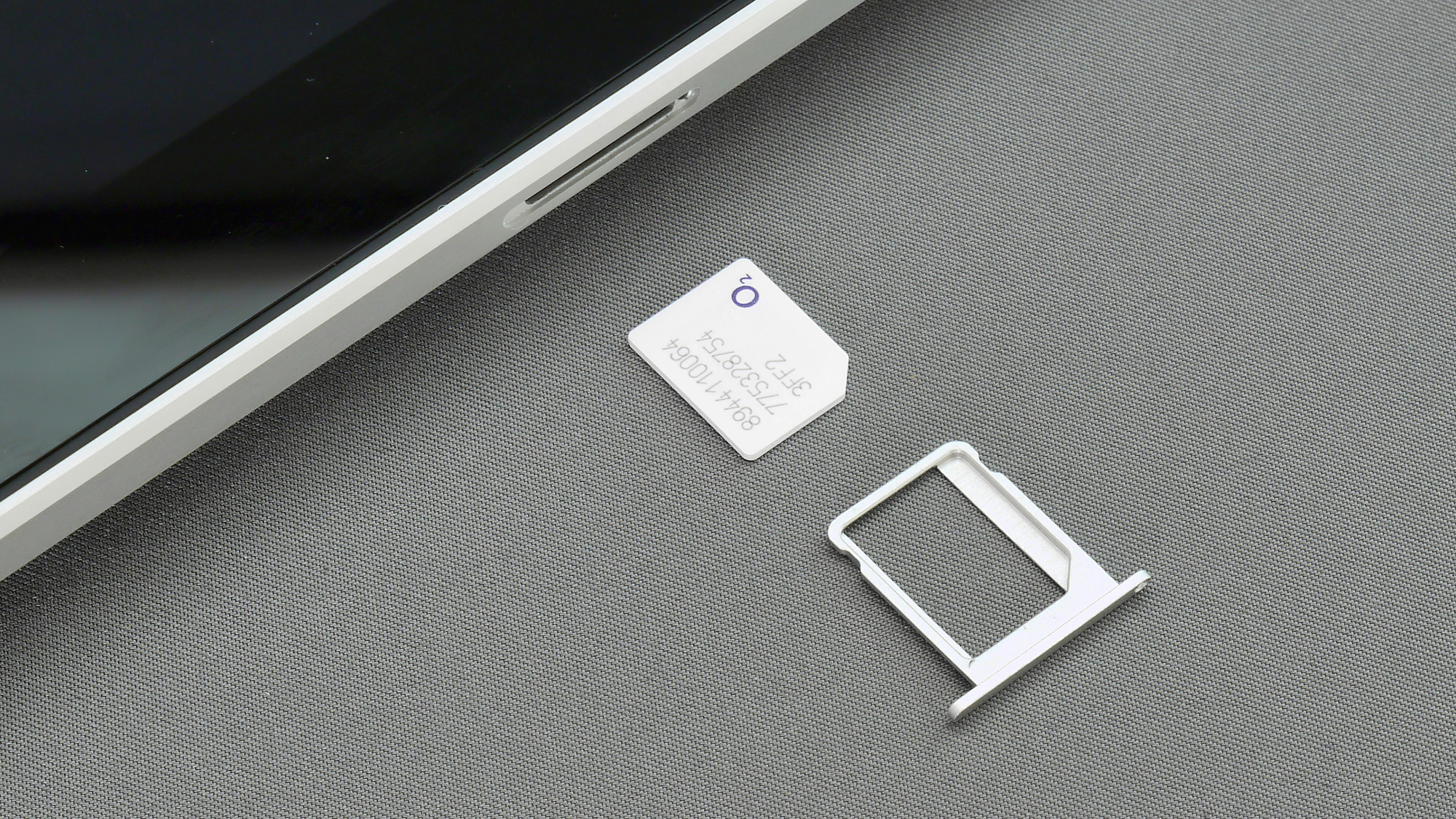How to Make Sure Your eSIM Doesn’t Get Hacked
As the technology behind mobile devices continues to evolve, so too do the ways in which hackers try to exploit vulnerabilities. One of the newer technologies that has gained popularity in recent years is the eSIM (Embedded SIM), a digital equivalent of the traditional physical SIM card. While eSIMs offer many advantages over their physical counterparts, including increased security and convenience, they are not entirely hack-proof. In this article, we'll delve into the ways in which you can protect your eSIM from hackers.
The primary advantage of eSIMs is that they eliminate the need for a physical card to be swapped or removed from your device. This makes it much more difficult for thieves to pop an eSIM out of your phone and use it on another device, as was historically possible with traditional SIM cards. Instead, the eSIM information - including your number, identity, and network settings - is stored on a programmable chip embedded in your phone.
Due to their digital nature, eSIMs are also easier to manage remotely than traditional SIMs. Most carriers provide companion apps that allow you to manage all of your eSIM settings from one convenient interface. If your number is exploited in any way, you should be able to shut down communications remotely from another device.
Another significant security benefit of eSIMs is the encryption used to store data on these modules. This makes it extremely difficult for hackers to tamper with the information contained within or adjust their settings - even if they have physical access to your device.
Additionally, eSIMs are more difficult to clone than traditional SIMs due to the extra security barriers in place. This means that identity theft is less likely, providing an additional layer of protection against unauthorized use of your phone's data plan.
The Setup Process: A Safeguard Against Hacking
One of the initial setup processes for eSIMs is tightly controlled and difficult to work around. Carriers and dedicated eSIM providers run a variety of checks to ensure that you are who you say you are, and that the eSIM number or data connection is registered with the right device.
The Risks Associated with Using eSIMs
Despite the many security benefits offered by eSIMs, they are not entirely immune to potential hacking attacks. There are still ways in which your eSIM can be compromised, including:
- SIM swaps: This occurs when someone impersonates you to get your number moved to a different device, disabling it on yours.
- Malware exposure: If your phone or tablet is infected with malware, hackers may be able to access and exploit your eSIM, leading to unauthorized use of your communications.
The Importance of Security Best Practices
In order to protect yourself from these types of hacking attacks, it's essential to follow a few simple security best practices:
- Be wary of phishing attempts and avoid following suspicious links or messages. If you're unsure about the authenticity of an email or message, try contacting the sender directly.
- Avoid using weak passwords and turn on two-factor authentication whenever possible.
- Keep your phone software and apps up to date with the latest security patches.
- Use strong biometric security measures such as a fingerprint or facial recognition lock, combined with a lengthy PIN.
By following these tips and being mindful of the potential risks associated with eSIMs, you can significantly reduce the likelihood of your eSIM being hacked. Remember that no technology is completely foolproof, but by taking proactive steps to secure your device and data, you can enjoy the many benefits of eSIM technology while minimizing its vulnerabilities.
